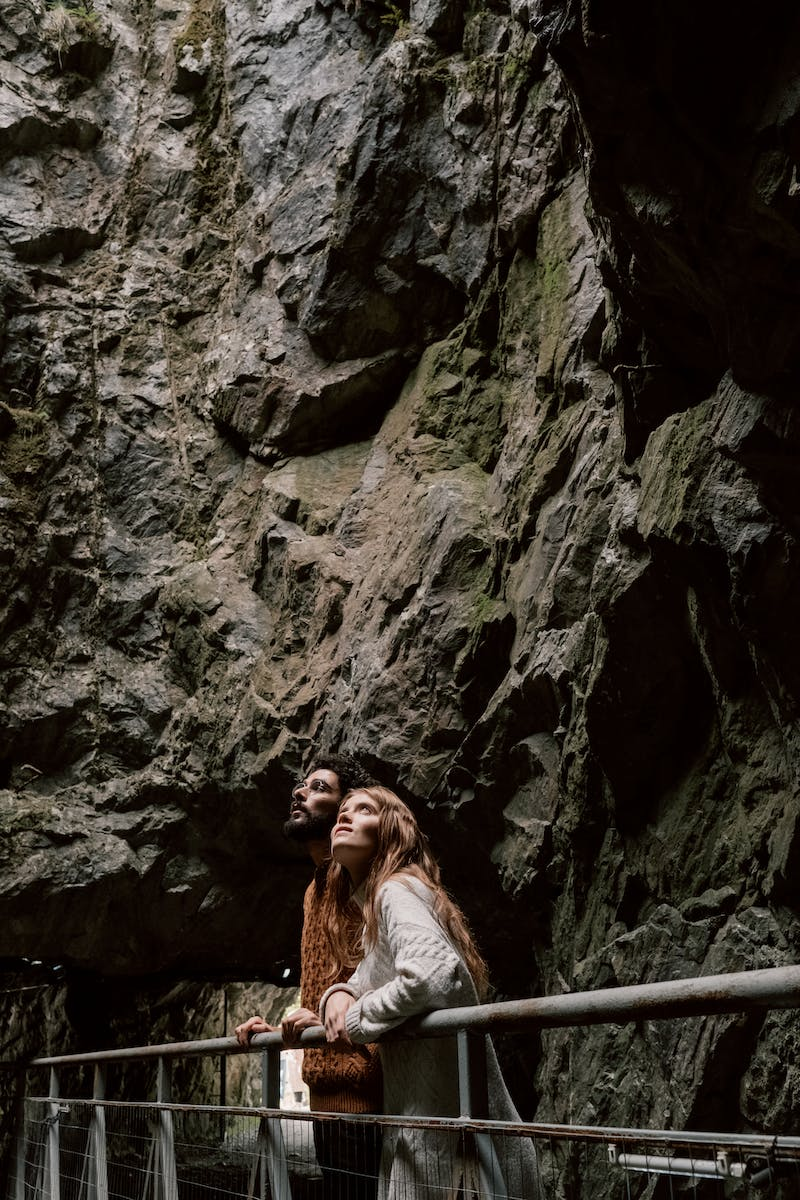Photography has a remarkable ability to transcend barriers and connect people from all walks of life. One of the most rewarding aspects of the craft is the opportunity to meet strangers and uncover the rich tapestry of human experiences through storytelling. Here's a guide on how to approach and photograph strangers to tell their stories through your lens:
Approach with Respect and Empathy
When approaching strangers for photography, it's essential to approach with genuine respect, empathy, and humility. Be mindful of personal boundaries and cultural sensitivities, and always seek permission before taking someone's photograph. Approach each encounter with an open heart and a willingness to listen and learn from the person's story.
Start with a Smile and Conversation
A warm smile and friendly demeanor can go a long way in breaking the ice and building rapport with strangers. Start by striking up a casual conversation to establish a connection and put the person at ease.
Listen and Learn
One of the most powerful tools in storytelling photography is active listening. Take the time to truly listen to the person's story, allowing them to share their experiences, thoughts, and emotions in their own words.
Capture Authentic Moments
As a photographer, your goal is to capture authentic moments that convey the essence of the person's story and personality. Pay attention to their body language, facial expressions, and surroundings, and look for opportunities to capture candid moments that reveal their true character and emotions.
Choose a Meaningful Setting
The setting plays a crucial role in storytelling photography, providing context and depth to the person's story. Choose a location that is meaningful to the person or reflective of their interests, passions, or experiences. Whether it's a bustling city street, a quiet park, or their own home, the setting should enhance the narrative and evoke a sense of connection.
Focus on Details and Perspectives
In addition to capturing traditional portraits, explore different perspectives and details that offer insight into the person's life and identity. Pay attention to unique features, personal belongings, and cultural symbols that convey a sense of their individuality and experiences.
Respect Privacy and Consent
Always prioritize the privacy and consent of the person you are photographing. Respect their boundaries and preferences regarding how their images will be used and shared. If they express discomfort or hesitation, honor their wishes and refrain from taking or sharing their photograph.
Share and Amplify Their Story
Once you've captured their story through photography, share it with sensitivity and respect. Seek permission before sharing their images publicly, and honor their wishes regarding anonymity or privacy. Use your platform as a photographer to amplify their voice and raise awareness of their experiences, perspectives, and contributions to society.







